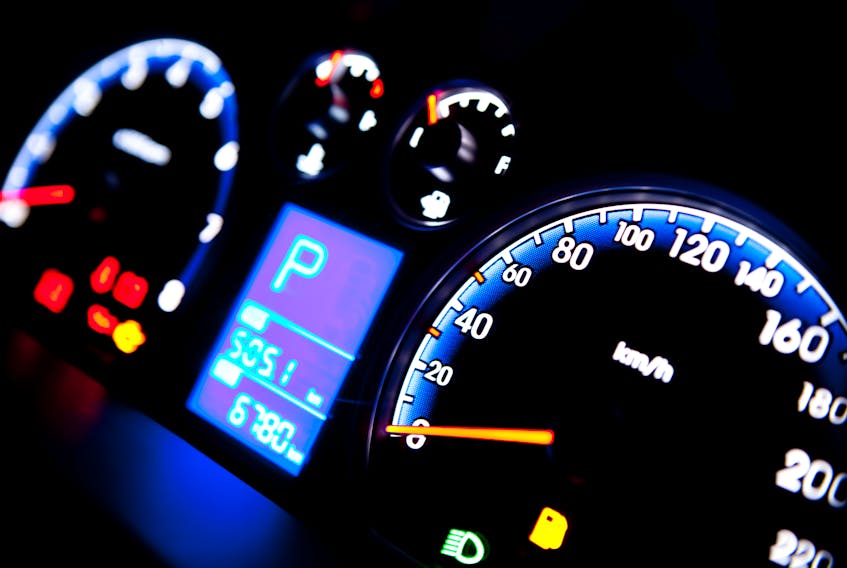Decades ago, when I was just a humble service consultant at a Jaguar dealership, I was sent out one day with an instrument cluster from an E-Type to get it repaired. Yes, it was that long ago!
Fortunately for us, located in the commercial/industrial neighbourhood near our dealership, there was an authorized Smiths Gauges sales and repair facility.
Stepping through its door whisked you back to another era. Large display cases were made of dark wood and thick-cut glass, and were filled with all manner of gleaming brass and chrome devices used in everything from ships to aircraft.
Behind the counter was a bespectacled, white-haired gentleman. When I commented on the great looks of some of the automotive gauges, he quickly corrected me. “Young man, those are indicators. If you want to see an instrument panel with gauges, you need to sit behind the controls of an airliner or stand in the wheelhouse of a sea-going ship. All you’ll find in cars, no matter how expensive they are, are rough indicators.”
Basically, in a nutshell, if your life depends on one psi, or one knot of airspeed, or one degree of heading, or a few revolutions per minute (as when you’re flying), you want gauges and related systems designed for accuracy. Sometimes vehicle owners think that’s what they’re getting with their high-tech configurable displays, but behind all that dazzle is some very inaccurate gear.
The Fuel Gauge
For all the imagery of space-age displays relating to fuel economy and range, fuel gauges still rely on signals from a float device attached to the fuel pump module in the tank. At the end of the float arm, a copper pointer is in contact with a small, arc-shaped strip of conductive material. As the float rises or drops, the voltage signal that drives the dash gauge varies, and the instrument panel interprets that as an approximate fuel level in the tank.
Unless you like living on the edge of driving on fumes, never rely on these units for accuracy, and head to the gas station before the needle drops off below the E mark. And never use the fuel indicator to determine fuel economy, because the results will be far from the truth.

Engine Coolant Temperature
This gauge is operated by a sensor, threaded into the engine’s coolant flow. Some slight fluctuations of the gauge are normal, but if the needle suddenly goes to the hot end of the scale, shut the engine down immediately or risk some major damage. A needle that drops suddenly to the cold end can be just as bad, as it usually indicates the sensor has gone dry due to a loss of coolant.
GPS Systems
These shouldn’t be used for auto-navigation. We all get a chuckle out of social-media postings about drivers who blindly followed their GPS systems well off the intended path. Poor satellite signals, outdated map software, and signal interference can lead to errant directions. Take a look at a larger map view on an independent device to verify your route, and keep your head up when navigating unknown territory. That’s how to get where you’re going.









